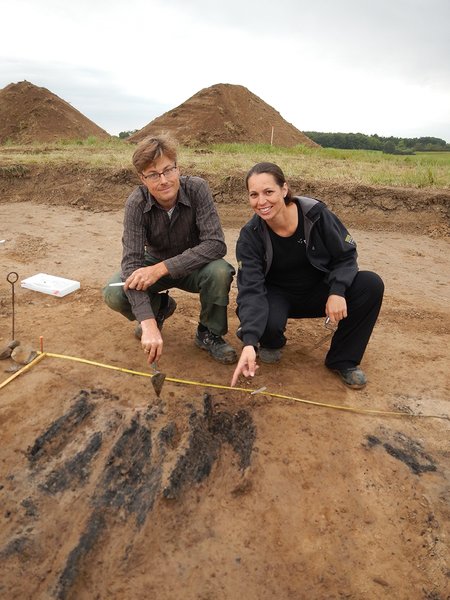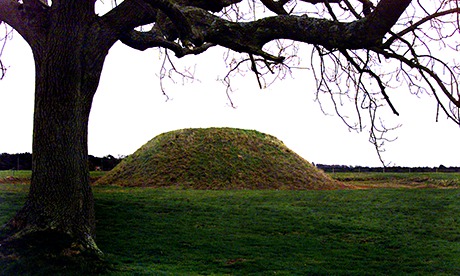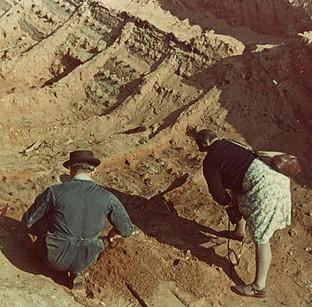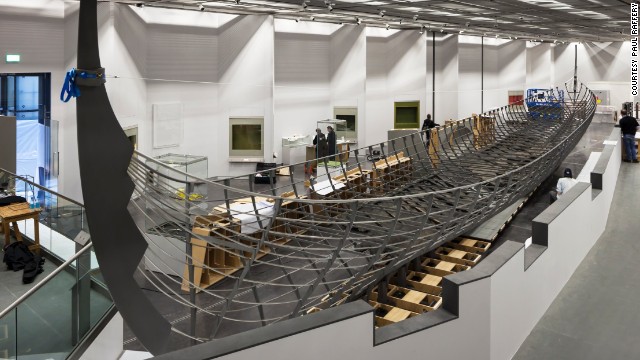Looking for some natural stone for a rockery in his garden, John Wyatt thought he had found a bargain when he saw a job lot advertised for £50.
He was more right than he knew. For when he took the ton and a half of rock home he discovered that it contained an ancient stone carving worth thousands of pounds.
Mr Wyatt, 32, was cleaning mud and moss off the pieces when he spotted one with a Celtic cross carved on one side and a mythical birdlike beast on the other.
He had the 21 by 15in piece examined by an expert, who told him it dated from Anglo-Saxon times.






































